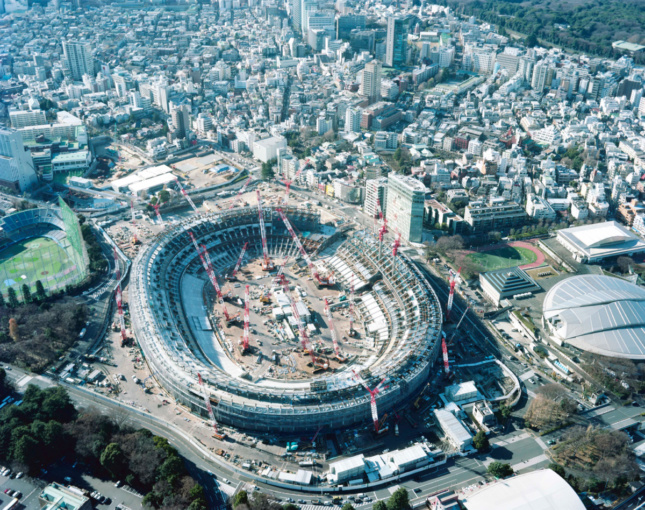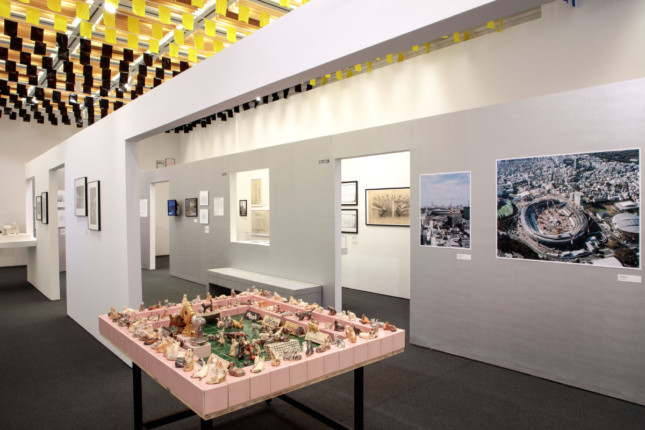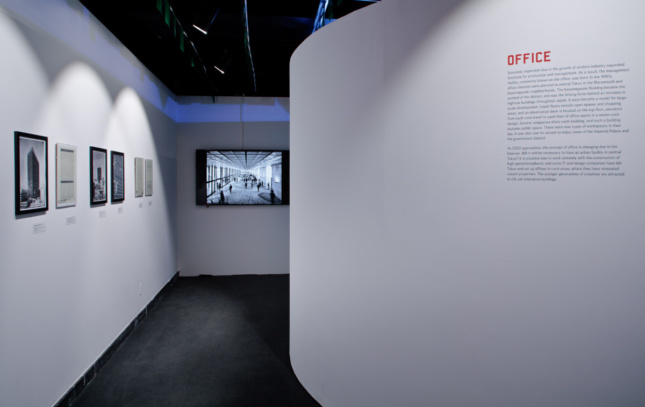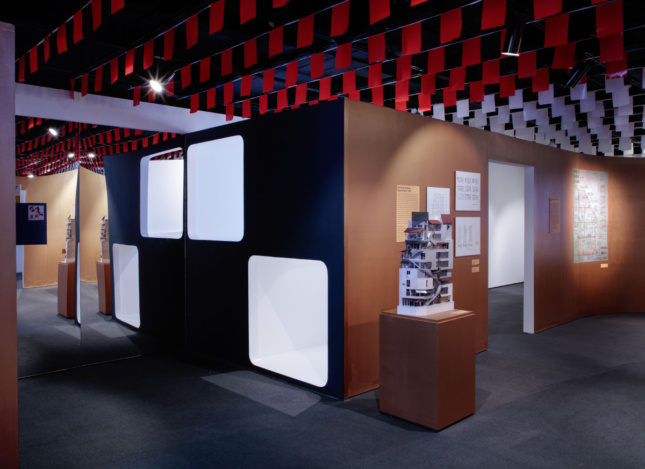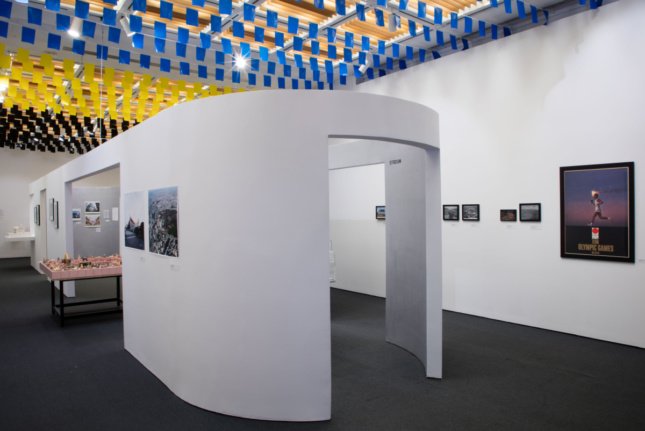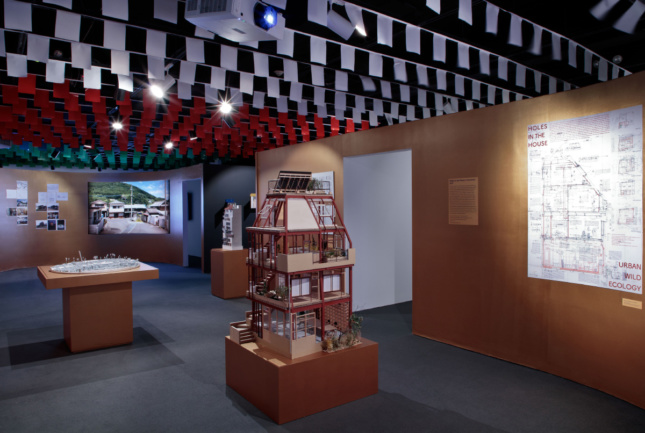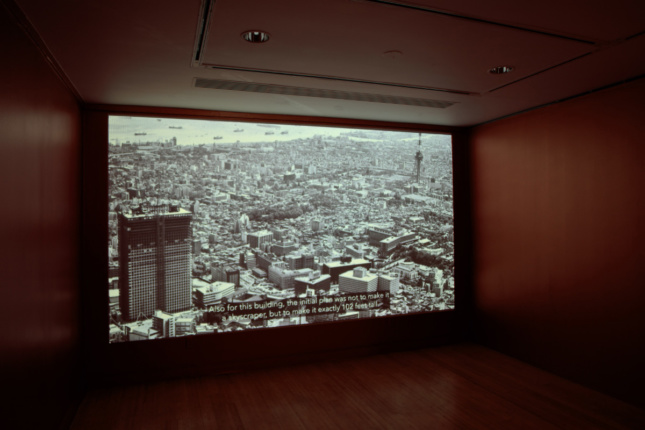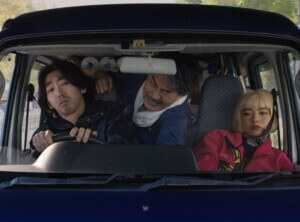Fifty years of change can totally transform any city and nowhere is that more evident than Tokyo, a mega-metropolis that’s constantly redefining itself.
Made in Tokyo: Architecture and Living, 1964/2020 at the Japan Society in Manhattan makes the comparison between where Tokyo has been and where it’s going stark, easy to understand, and perhaps, hopeful. With the 2020 Summer Olympics fast approaching, Made in Tokyo—curated by Momoyo Kaijima and Yoshiharu Tsukamoto of Atelier Bow-Wow with Japan Society gallery director Yukie Kamiya—presents the Tokyo of 1964 and 2020 side-by-side to examine how the city has evolved and where it could go in the future.
Historical changes in Tokyo’s architecture are inextricably linked with its political, economic, and social fortunes and the exhibition uses the 1964-through-2020 timeline to tease out the way these factors have shaped the city.
Tokyo is rife for densification and because of that, new typologies make the most use of vertical space. At an October 11th talk at the Japan Society, Kaijima and Tsukamoto pointed to a driving school on top of a grocery store as just one way the city fosters the combination of disparate ideas. Made in Tokyo spotlights the city’s versatility and how the past and forthcoming Olympic games have and will affect six public and private architectural categories: stadium, station, retail, capsule, office, and home.
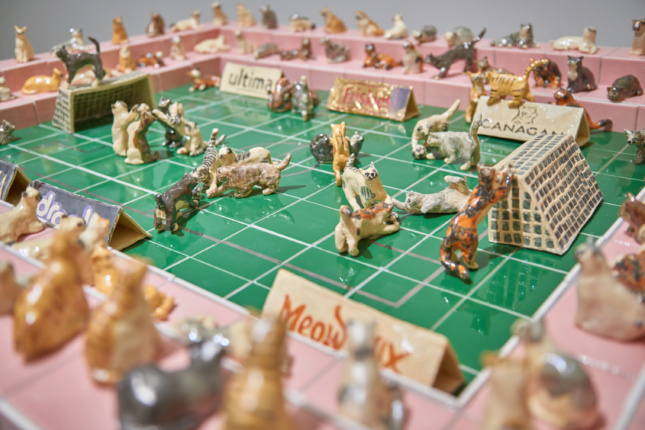
The Japan Society and Atelier Bow-Wow have assembled an impressive collection of materials drawn from public and private archives, as well as from over 30 architectural studios. That includes two central, stadium-shaped enclosures featuring materials from the 1964 and 2020 games assembled around each for easy wayfinding; a life-sized segment from a capsule hotel, helpful for providing scale to those who have never been to one; archival drawings; photographs and architectural models by Kenzo Tange and Kengo Kuma; video fly-throughs; and a virtual tour of exemplary Tokyo projects lead by Atelier Bow-Wow.
“In the 1960s—15 years after the end of World War II, Japan grew with great productivity and enthusiasm,” said Atelier Bow-Wow in a press release, “various urban institutions were created and young architects were allowed to creatively contribute to diverse architectural designs. Now, in contrast to those times, there is an incentive for large capital and organization towards mass-redevelopment. Through this tremendous turnover of city spaces and transitions of urban institutions we will showcase the evolution of life in the city of Tokyo.”
Made in Tokyo will run through January 26, 2020, and will be accompanied by a host of lectures, film screenings, discussions, and art performances.






